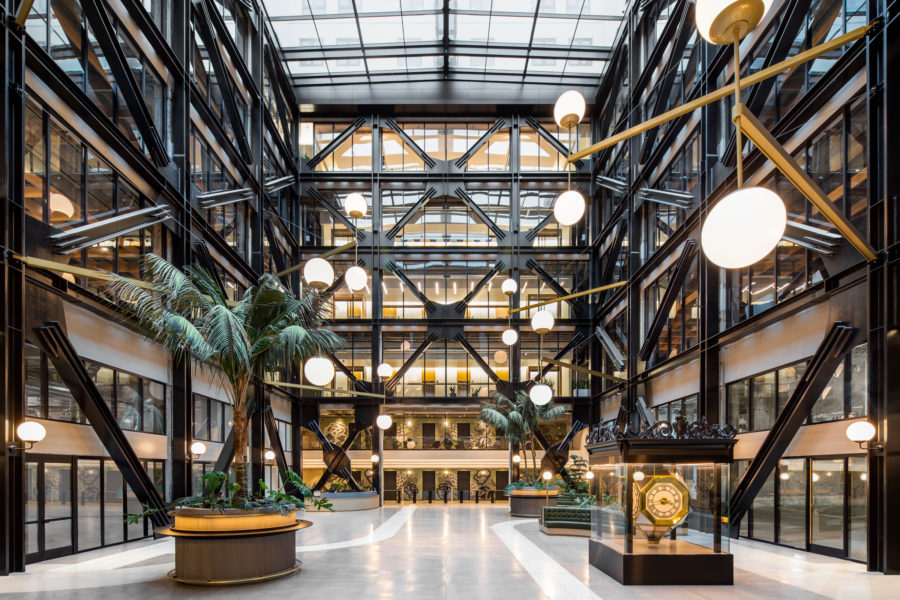In today’s ever-evolving construction industry, the demand for eco-friendly construction practices has never been greater. As more homeowners and developers lean towards sustainable solutions, it’s crucial to dive into an eco-friendly construction cost analysis. This article aims to shed light on the costs and benefits associated with going green in the construction world.
Understanding the nuances of eco-friendly construction can be a daunting task. Yet, with a thorough cost analysis, the approach becomes more straightforward, guiding both homeowners and real estate developers towards informed decisions.

Why Choose Eco-Friendly Construction?
The motivation behind the increasing trend towards eco-friendly buildings is manifold. From reducing carbon footprints to achieving energy efficiency, green construction offers immense benefits. Let’s explore why many are opting for this sustainable path.
Environmental Benefits and Cost Reduction
The primary allure of eco-friendly construction lies in its potential to curb environmental harm while reducing utility bills. According to a recent report by Statista, green buildings utilize 25% less energy and 11% less water than conventional buildings. This translates to tangible savings for homeowners and businesses alike.
Increased Property Value
Studies suggest that properties which integrate sustainable practices often witness a surge in property value. The allure of long-term savings and a green footprint enhances overall market value.
Initial Costs of Eco-friendly Construction
While the benefits are abundant, it’s essential to grasp the initial costs associated with green construction. These costs may seem higher than traditional methods, but their returns over time often justify the expense.
Investment in Sustainable Materials
One of the primary costs arises from investing in sustainable building materials. Such materials might carry a heftier price tag upfront but are often more durable and efficient in the long run.
Delve into choosing the right materials at Best Practices.
Energy-efficient Systems Installation
The integration of systems such as solar panels, geothermal heating, and energy-efficient appliances requires an upfront investment. Yet, these allow for significant energy savings over time.
Long-term Savings
The most compelling argument for opting for eco-friendly construction is the promise of long-term savings. Let’s delve deeper into the savings aspect.
Operational Savings and Energy Efficiency
With reduced energy consumption and efficient utility systems, operational savings are almost a given. Depending on the scope of eco-friendly installations, homeowners might save up to 30% on annual utility costs.
Maintenance Cost Reduction
Durable and sustainable building materials require less frequent maintenance and replacement, resulting in additional savings over time.
Incentives and Rebates
To further sweeten the deal, various governments and agencies offer incentives and rebates for adopting sustainable building practices. These can substantially offset the initial costs.
Challenges in Eco-friendly Construction
Despite the numerous advantages, certain challenges can arise. Understanding these issues is vital for ready homeowners and developers.
Extended Project Timelines
Eco-friendly projects, given their meticulous planning and execution, can often take longer than conventional builds.
Read about effective planning at Planning Tips.
Skill and Expertise Requirement
The need for specialists familiar with sustainable methods may raise labor costs slightly, but the expertise they bring ensures that projects are completed to the highest standards.
Trends in Eco-friendly Construction
With technology and innovation ever-evolving, the future of green construction looks promising. Emerging trends aim to further enhance sustainable construction practices.
Technological Innovations
From smart grids to AI in building design, technology continues to drive the next wave of eco-friendly construction.
Learn more about recent trends at Trends.
Conclusion
The decision to pursue eco-friendly construction involves an analysis of costs and benefits. While initial expenses might seem daunting, the long-term savings, coupled with environmental benefits, make green investments truly worthwhile.

FAQ
What are the key benefits of eco-friendly construction?
The main benefits include reduced energy and maintenance costs, increased property value, and environmental conservation.
Are there any government incentives for eco-friendly buildings?
Yes, many governments offer tax breaks and rebates to encourage the adoption of sustainable building practices.
Is eco-friendly construction more expensive?
While initial costs can be higher, the long-term savings and increased property values often make it a cost-effective choice.
This article contains affiliate links. We may earn a commission at no extra cost to you.



